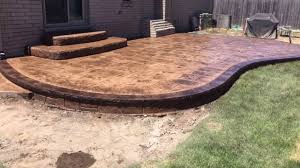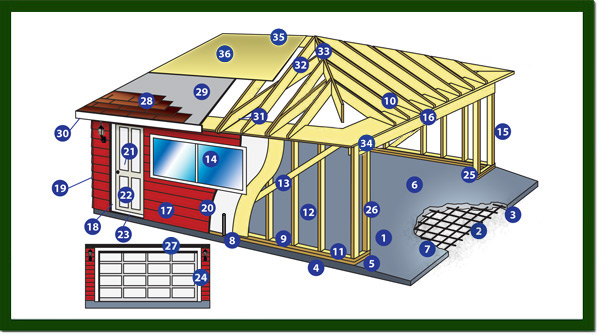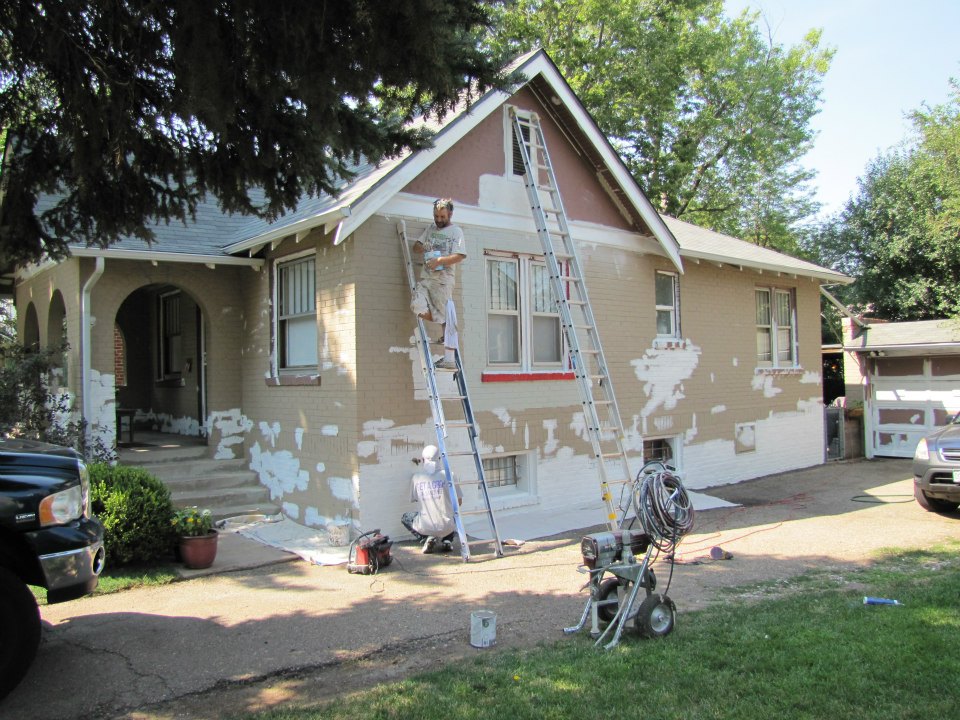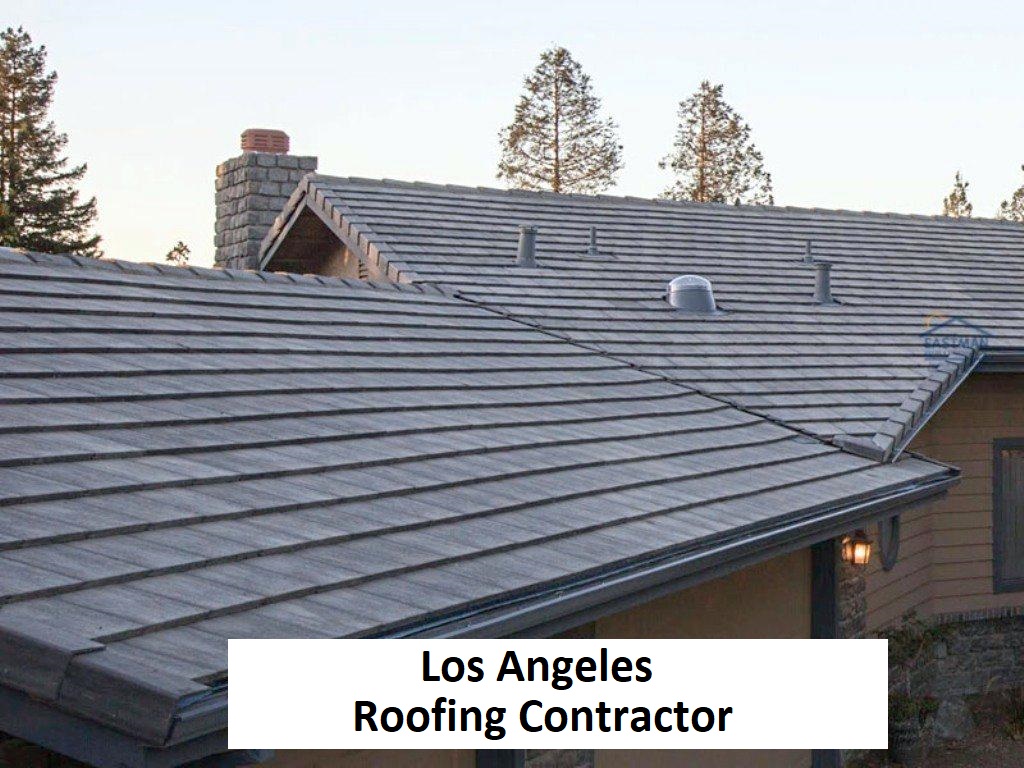Concrete Patio Cost In Los Angeles
Published by David Tali en 06/20/2018
According to some astronomers, about 4.5 billion years ago a planet about the same size as Mars collided with the early Earth in an event called the “Big Whack”. This collision resulted in the formation of the Moon and because the impact was not a direct hit, it caused the earth to spin very rapidly on its axis. The earth was also knocked into a different angle relative to the Sun. Over eons, the Moon slowly moved away from the Earth and today it is about 240,000 miles away. The Earth’s rotation slowed to the 24-hour period that we call a day and the angle settled in at 23.5 degrees. We now know that the Moon controls the oceans tides and that the 23.5-degree angle is the reason we have 4 seasons at certain latitudes.
You may be wondering how this astronomical saga relates to a concrete patio. One reason is that concrete is made from limestone, granite and other sedimentary rock formed over time. The other reason is that concrete will crack when exposed to temperature extremes so if you live in an area where there are hot and cold seasons, building a concrete patio is not advised. Temperate and tropical environments where the temperatures have minor variations are ideal for concrete patios. If you live in Minnesota with the cold winters, you can blame the Big Whack for your cracked concrete patio.
When installed properly, concrete patios are strong, durable and very low maintenance. The strength is obtained using metal reinforcing wires or bars (steel re-bar) placed in a grid pattern. Treating the concrete surface with a sealer will add some resistance to the climate and prevent chipping
Site preparation is crucial in the construction of a concrete patio. The ground soil first needs to be evaluated to see if it is too sandy or too loose to support the concrete slab. If you do not know how to do this a landscaping engineer can help with the evaluation.
The slope of the patio slab should be less than 1 inch per foot but must be at least 1/8 inch to allow for water runoff away from the house. This can be a tricky measurement. The first step is to drive a stake into the ground close to the house that will represent the highest elevation. Then drive another stake at the other side of the patio where the water will drain to. This will be the lowest elevation marker. Make a mark on the first stake to represent the height of the concrete slab (About 4” from the ground to match the height of the wood form) and attach a string to the stake at the mark so that the string will not move up or down. The string should be at a length that will allow you to tie it to the other stake away from the house. Have a friend hold the string with some tautness and use a level to find the spot on the 2nd stake that is the exact height of the mark on the first stake. Once this spot is established the slope is calculated by multiplying the length between the stakes by the desired slope per foot. Using a 1/8” slope with a 10-foot log patio the lower mark will be 1/8 x 10 or 1 ¼” lower than the first mark. Securely tie the string to the lower mark and be sure that no one tampers with the stakes when you are not looking.
Next is the excavation of the site using stakes and string to lay out the shape of the patio and digging to a depth of about 4 to 5 inches. Add a layer of compactable gravel to fill the excavated area and tamp it down to at least a 4” thickness.
Wood forms are used to border the patio and contain the wet concrete. Adding the re-bar grid if needed and pouring the wet concrete into the forms is next, followed by the concrete finishing and sealing to obtain a smooth surface. Note that there are techniques used by skilled concrete workers to create the smooth level surface such as “floating” and “screeding”. Seek the help of a professional or do some on-line research to learn more about these skills.
The cost to build a concrete patio will be determined by its size and your decision to hire a professional or make this a DIY job.
The costs will also be affected by any decorative touches such as coloring the concrete or stamping it to create a stone or brick like appearance. A simple design with a single color and texture will cost about $8 per square foot on average. A patio with multiple colors and textures will cost an average of $13 per square foot while an elaborate patio with fancy borders and hand-crafted elements will cost $15 and up per square foot of patio space. These extra amenities include adding stone stairsteps, a two-tiered patio, custom bordering and saw cuts to replicate a tile like appearance.
At last, if you have the time and the skill to build a concrete patio that will be a source of pride and added value to your house, it can be a DIY project that will keep you occupied for a weekend plus another 7 to 10 days to allow the concrete to properly cure. If not consider letting a professional do the job with a guaranteed result while you can spend your time watching science documentaries about the “Big Whack”.
Categoría: Cost





